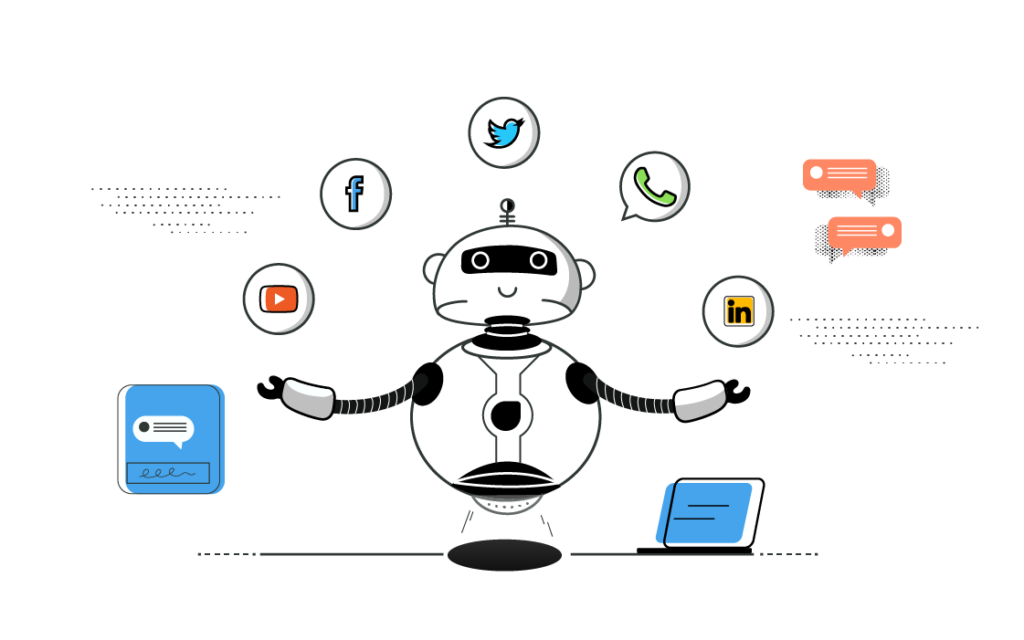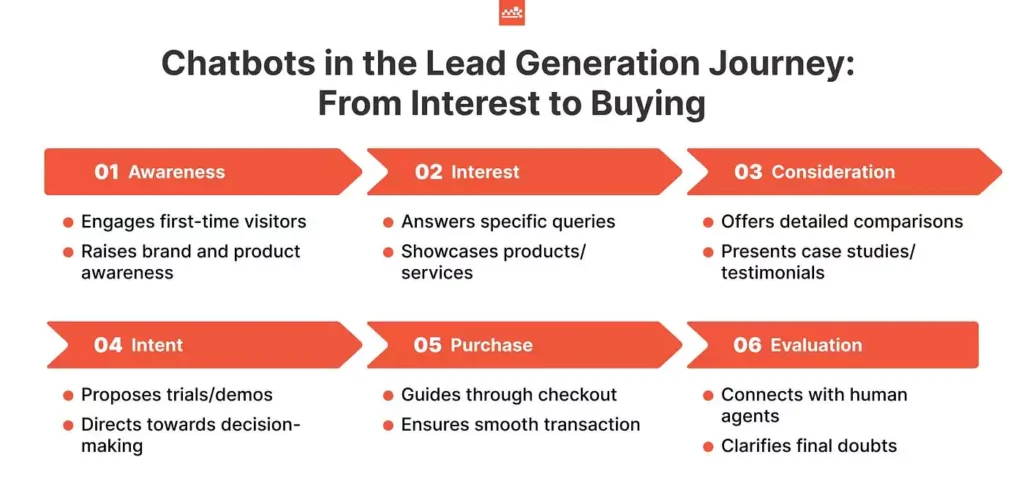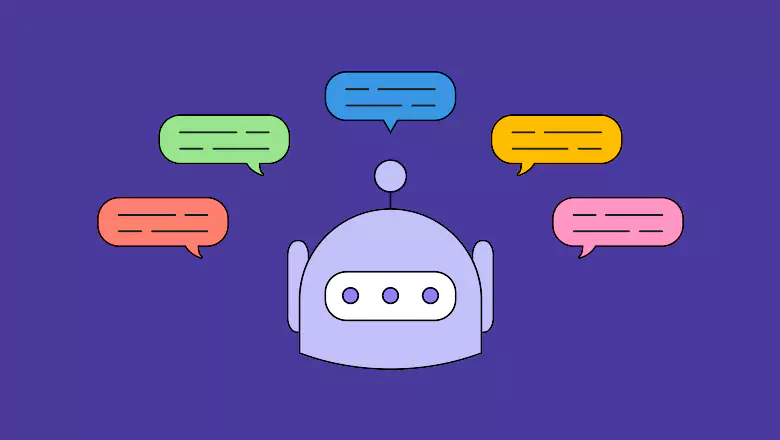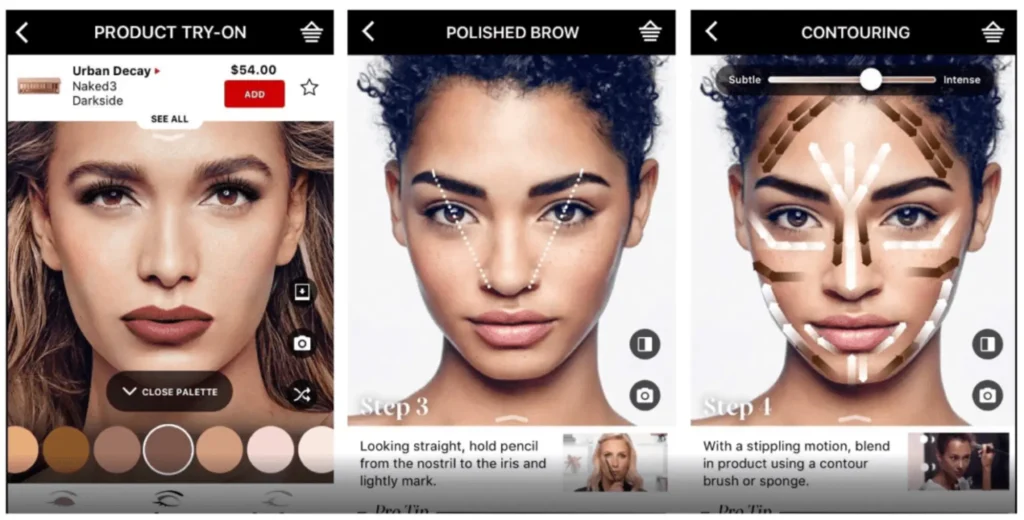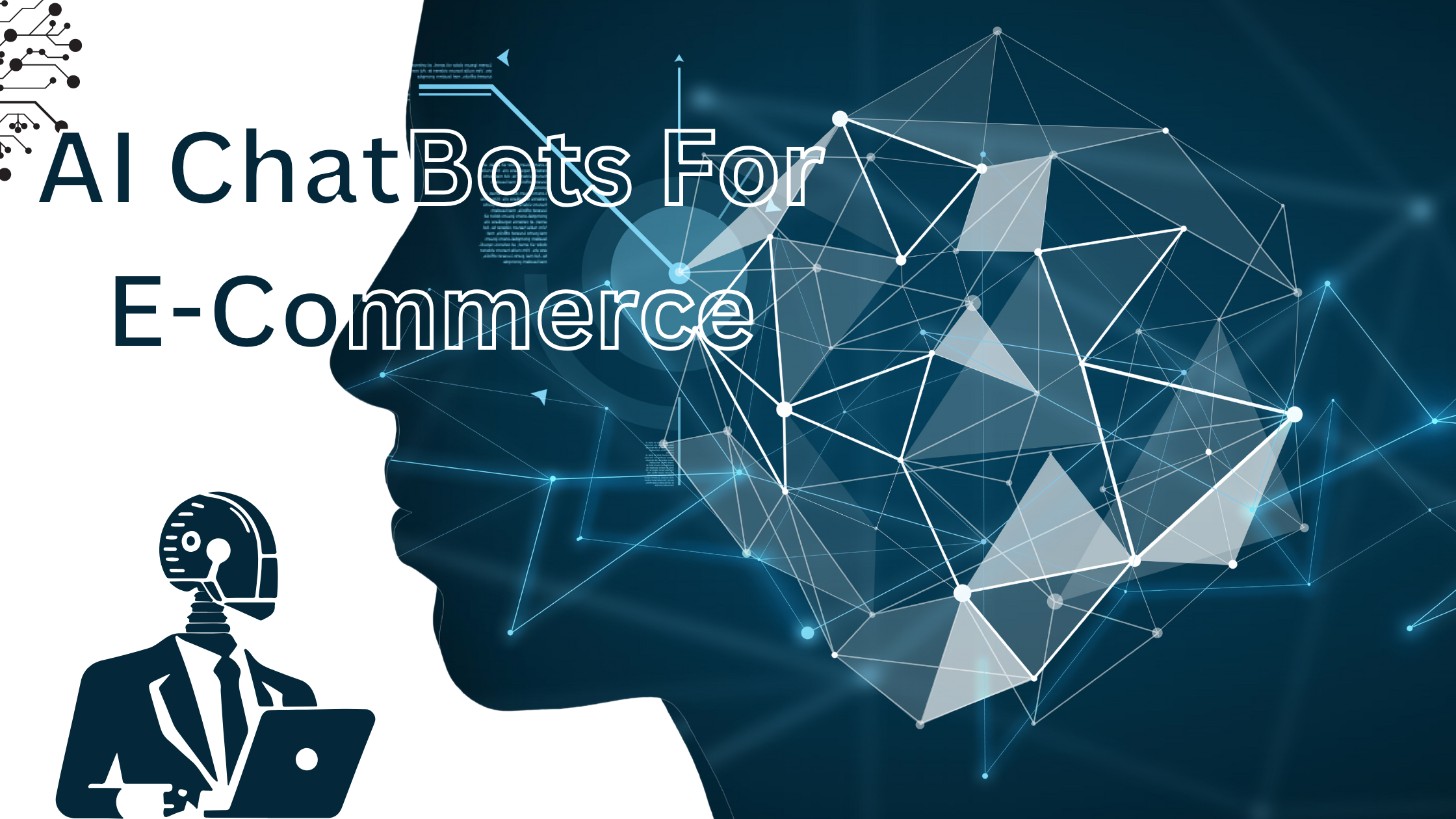In the rapidly evolving world of digital marketing, businesses are constantly seeking new ways to capture and nurture leads more efficiently. Traditional methods are no longer sufficient to keep up with the demands of today’s competitive landscape.
As the digital marketing landscape continues to transform, forward-thinking businesses are turning to a powerful combination of chatbots and marketing automation. These tools offer a dynamic approach to lead generation, making it more efficient, scalable, and personalized.
Whether you’re a marketing professional, business owner, or part of a sales team, this blog is tailored to help you leverage these powerful tools to boost your lead generation efforts.
Ready to discover how to transform your lead generation strategy? Let’s dive in.
Understanding Chatbots and Marketing Automation
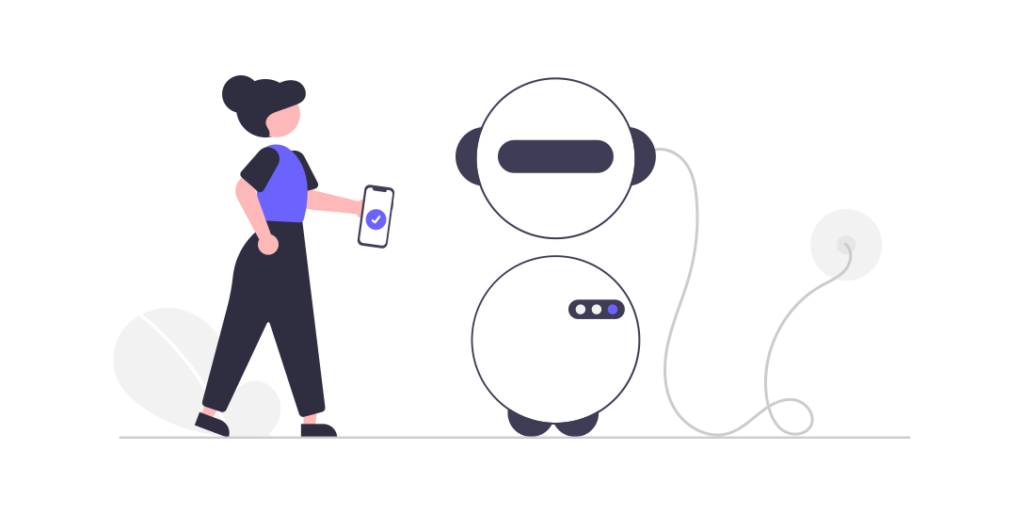
“Chatbots are AI-powered tools designed to simulate human conversation”
What Are Chatbots, and How Do They Work?
Chatbots are AI-powered tools designed to simulate human conversation, enabling businesses to interact with customers in real-time. They can be categorized into rule-based bots, which follow predefined scripts, and AI-driven bots, which use natural language processing (NLP) to understand and respond to user queries. Chatbots have become indispensable in customer interaction, handling everything from answering FAQs to assisting with online purchases.
Some popular chatbot platforms include:
- Dialogflow (Google)
- IBM Watson Assistant
- Amazon Lex
- Microsoft Bot Framework
What Is Marketing Automation, and How Does It Differ from Traditional Marketing?
Marketing automation refers to the use of software platforms and technologies to automate repetitive marketing tasks, such as email campaigns, social media posting, and ad management. Unlike traditional marketing, which often involves manual processes, marketing automation allows for personalized, targeted communication with prospects and customers, enhancing efficiency and effectiveness.
Popular marketing automation tools include:
- HubSpot
- Marketo
- Salesforce Pardot
- Adobe Campaign
Why Are Chatbots and Marketing Automation Gaining Popularity in Modern Marketing Strategies?
The rise of chatbots and marketing automation is driven by their ability to enhance efficiency, scalability, and customer experience. These tools allow businesses to engage with customers around the clock, providing immediate responses and personalized interactions.
Moreover, the cost-effectiveness of automation, combined with the high ROI, makes these technologies attractive to businesses looking to optimize their marketing strategies.
The Intersection of Chatbots and Marketing Automation
How Can Chatbots Be Integrated with Marketing Automation Platforms?
Integrating chatbots with marketing automation platforms involves syncing real-time data between the chatbot and the automation software, allowing for seamless customer interactions and data collection. Tools like Zapier, Integromat, and native integrations within platforms enable this connectivity, ensuring that customer information flows smoothly between systems, leading to more personalized marketing efforts.
Some examples of chatbot-marketing automation integrations include:
- HubSpot chatbot integration
- Marketo and Dialogflow integration
- Salesforce Einstein chatbot integration
What Are the Benefits of Combining Chatbots with Marketing Automation?
The synergy between chatbots and marketing automation offers numerous benefits, including streamlined lead capture and nurturing, personalized customer journeys, and improved conversion rates. By automating routine tasks, chatbots free up human resources to focus on more strategic activities, while marketing automation ensures that leads are nurtured with relevant content at the right time.
What Are Some Real-World Examples of Chatbot Marketing?
Businesses across various industries are already leveraging chatbots to enhance their marketing efforts. For instance, e-commerce companies like H&M and Whole Foods use chatbots to guide customers through product selection, answer queries, and upsell complementary products. In B2B services, chatbots are employed by companies like Intercom to qualify leads and schedule meetings, significantly reducing the sales cycle.
These examples demonstrate the versatility and effectiveness of chatbot marketing.
1. Casper’s Insomnobot
Casper, a mattress company, developed the Insomnobot to engage with customers struggling with sleep. This chatbot provides personalized product recommendations based on users’ sleep preferences and interacts with them during late hours, fostering a sense of companionship. This strategy has reportedly increased sales and customer satisfaction by guiding users to suitable products while reducing the workload on human agents.
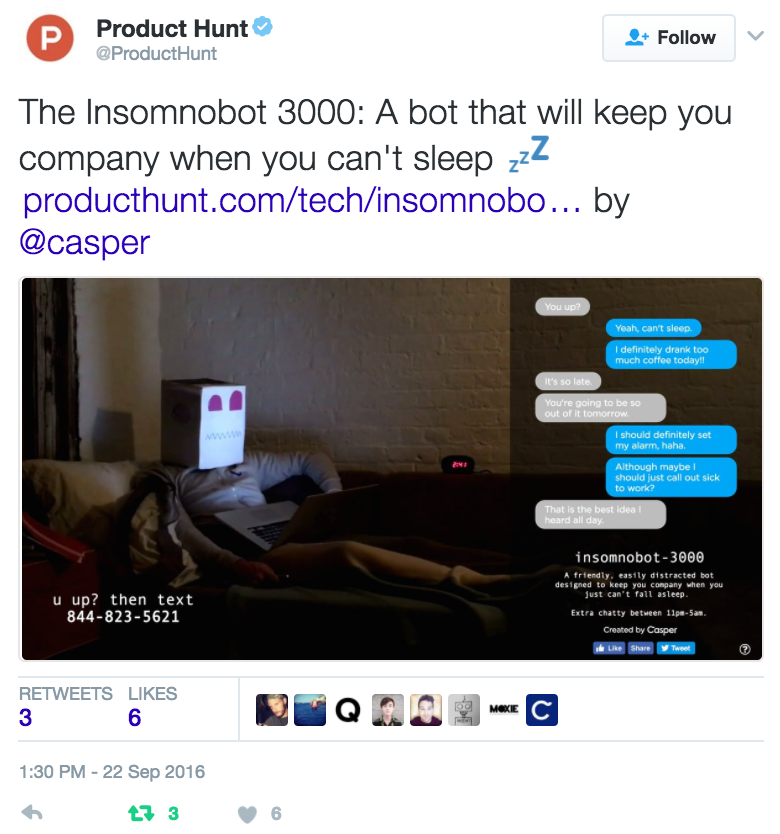
2. HelloFresh’s Chatbot
HelloFresh, a subscription-box service that delivers fresh ingredients and recipe instructions to make home-cooked meals, faced challenges with customer service due to high volumes of Facebook messages and slow response times.
Their support team was overworked, leading to long wait times for customers. To address these issues, HelloFresh introduced Freddy the Messenger bot in 2017. Freddy was designed to handle a variety of tasks, including replying to users and engaging them during promotional campaigns.

“In 2018, this campaign had a 64% conversion rate ” – Chatfuel
For example, Freddy would automatically respond to users who answered riddles on Facebook and provide them with promo codes, resulting in a 64% conversion rate during Black Friday campaigns. Additionally, Freddy could recommend music playlists to complement the meal kits being prepared, enhancing the overall customer experience.
The Role of Chatbots in Lead Generation
What Is a Lead Generation Chatbot, and How Does It Function?
A lead generation chatbot is specifically designed to capture and qualify leads through interactive conversations. These chatbots ask targeted questions to gather essential information from potential customers, such as their needs, preferences, and contact details. By doing so, they can filter out unqualified leads and pass on the most promising ones to the sales team.
Some popular lead generation chatbot examples include:
- Drift
- Intercom
- Conversica
- Qualified
How Do Chatbots Improve the Quality and Quantity of Leads?
Chatbots enhance lead quality by asking relevant questions and scoring leads based on their responses. This dynamic engagement ensures that only the most qualified leads are nurtured, saving time and resources. Additionally, chatbots increase lead quantity by being available 24/7, capturing leads even outside of business hours.
They also automate follow-ups and integrate with CRM systems to streamline lead management. Using real-time data, chatbots qualify leads more efficiently than traditional methods, boosting both lead quality and quantity.
What Are the Benefits of Using Chatbots Specifically for Lead Generation?
The primary benefits of using chatbots for lead generation include increased efficiency, enhanced user experience, and significant cost savings. Chatbots improve response times by providing instant replies to inquiries, ensuring that no lead is left unattended.
They enhance the lead qualification process by quickly assessing and qualifying leads based on predefined criteria.
Let’s say a company uses a chatbot on its website to qualify potential customers interested in its software product. The chatbot is programmed with predefined criteria to identify high-quality leads. When a visitor starts a conversation, the chatbot might ask questions like:
- “What is the size of your team?”
- “Are you looking for a solution to improve team collaboration?”
- “What is your budget range?”
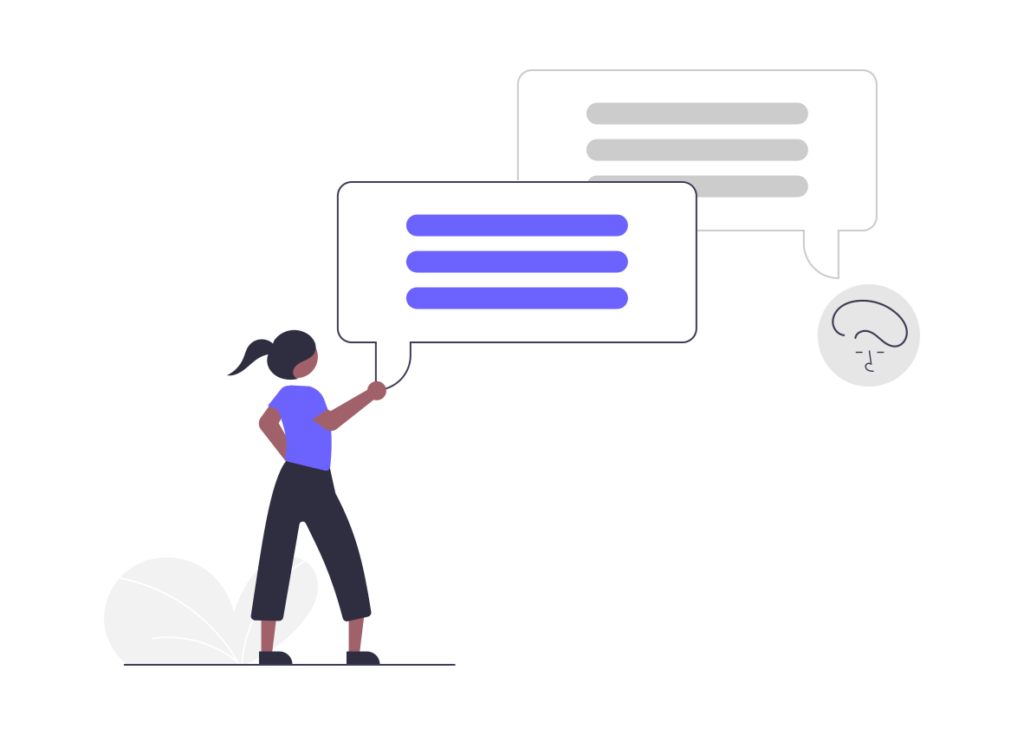
“What is your budget range?”
Based on the visitor’s responses, the chatbot can instantly determine whether the lead meets the company’s ideal customer profile. For example, if the visitor mentions they have a large team, a high budget, and a need for collaboration tools, the chatbot will score the lead highly and automatically forward their details to the sales team for immediate follow-up.
In this scenario, the predefined criteria (team size, budget, and need) allow the chatbot to efficiently filter out leads that are less likely to convert, focusing only on those that match the company’s target audience. This automation saves the sales team time and ensures they are only working with qualified leads.
What Are the Different Types of Lead Generation Chatbots, and How Can They Be Customized?
Lead generation chatbots come in various forms, including information-gathering bots, conversion-focused bots, and hybrid bots that combine both functions. These chatbots can be customized to fit specific industry needs, integrating with CRM systems like Salesforce and other marketing tools to provide a seamless experience for both businesses and customers.
The Impact of Chatbot Marketing
What Are the Key Benefits of Chatbot Marketing for Businesses?
Chatbot marketing offers businesses several advantages, such as improved customer engagement, scalability in handling customer inquiries, and enhanced data collection for better decision-making. By automating routine interactions, chatbots allow businesses to focus on more strategic initiatives, ultimately driving growth.
How Does Chatbot Marketing Improve Customer Engagement and Conversion Rates?
Chatbot marketing improves customer engagement by providing timely, personalized interactions based on user data. These interactions are designed to guide users through the conversion funnel, reducing friction and increasing the likelihood of a successful transaction. Additionally, chatbots can send follow-up messages and reminders, keeping leads warm and increasing conversion rates.
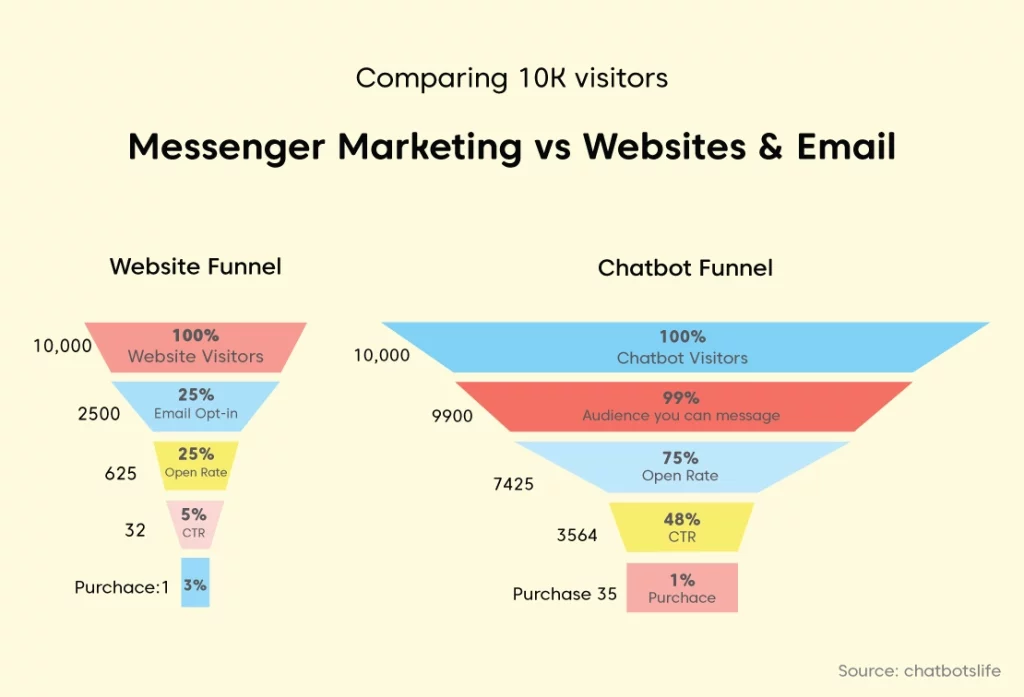
What Metrics Should Businesses Track to Measure the Success of Chatbot Marketing?
To measure the success of chatbot marketing, businesses should track key performance indicators (KPIs) such as user engagement rates, conversion rates, response times, and customer satisfaction scores. Analyzing this data allows businesses to optimize their chatbot strategies and continuously improve performance.
Future Trends: What to Expect in Lead Generation
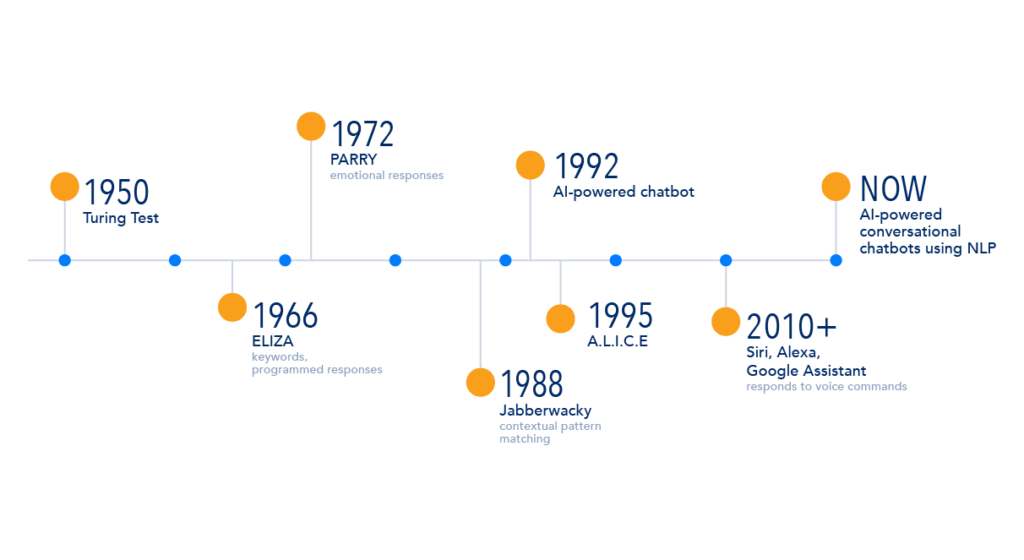
How Will AI Advancements Shape the Future of Chatbots and Marketing Automation?
AI advancements will play a crucial role in enhancing chatbot capabilities, enabling more sophisticated interactions and predictive analytics. As AI continues to evolve, chatbots will become even more adept at understanding user intent, providing more accurate responses, and making automated decisions based on real-time data.
Some AI-powered chatbot examples include:
- IBM Watson Assistant
- Amazon Lex
- Google Dialogflow
- Microsoft Bot Framework
What Emerging Technologies Could Further Enhance Chatbot Marketing and Lead Generation?
Advancements in Natural Language Processing (NLP) are revolutionizing chatbot marketing and lead generation by enabling more personalized and context-aware interactions. For instance, sentiment analysis allows chatbots to gauge customer emotions and tailor responses accordingly.
A notable example is Sephora’s Virtual Artist chatbot, which utilizes NLP to understand customer inquiries about makeup products. By analyzing user preferences and intent, it provides personalized product recommendations, resulting in higher customer satisfaction and increased sales.
Additionally, the ability to maintain contextual understanding throughout conversations enhances user experience. For example, if a customer previously discussed a specific product, the chatbot can recall that interaction and provide relevant follow-up suggestions, making the conversation feel more cohesive and engaging.
As these technologies continue to evolve, their potential to transform marketing strategies and customer engagement will only grow, making chatbots an indispensable tool for businesses aiming to enhance their marketing efforts.
How Should Businesses Prepare for the Future of Lead Generation?
To stay ahead in the rapidly changing landscape of lead generation, businesses must be proactive in adopting new technologies and trends. This involves investing in continuous learning and development, building a flexible and scalable marketing infrastructure, and being willing to experiment with innovative solutions. By doing so, businesses can position themselves for long-term success in lead generation.
Conclusion
Combining chatbots with marketing automation is no longer a futuristic concept—it’s a present-day reality that offers a competitive edge in lead generation.
Businesses that embrace these technologies now will be better positioned to capture, nurture, and convert leads in an increasingly digital world.
If you want to streamline your lead generation, enhance customer engagement, or boost conversion rates, now is the time to act. Begin by selecting the right tools and platforms, implementing a pilot program, and continually optimizing your strategies. Our blog, Lead Generation Chatbots Explained, will help you get started.
Contact us for assistance in leveraging chatbots to capture leads and elevate your business.

